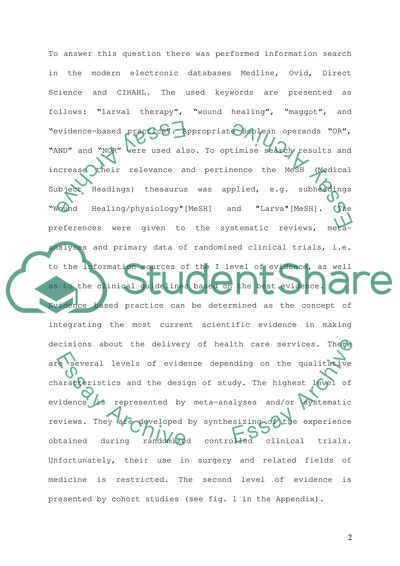Cite this document
(“The Role of Larval Therapy as an Alternative to Conventional Treatment Essay”, n.d.)
Retrieved de https://studentshare.org/medical-science/1514292-discuss-the-role-of-larval-therapy-as-an-alternative-to-conventional-treatment-for-acute-or-chronic-wounds
Retrieved de https://studentshare.org/medical-science/1514292-discuss-the-role-of-larval-therapy-as-an-alternative-to-conventional-treatment-for-acute-or-chronic-wounds
(The Role of Larval Therapy As an Alternative to Conventional Treatment Essay)
https://studentshare.org/medical-science/1514292-discuss-the-role-of-larval-therapy-as-an-alternative-to-conventional-treatment-for-acute-or-chronic-wounds.
https://studentshare.org/medical-science/1514292-discuss-the-role-of-larval-therapy-as-an-alternative-to-conventional-treatment-for-acute-or-chronic-wounds.
“The Role of Larval Therapy As an Alternative to Conventional Treatment Essay”, n.d. https://studentshare.org/medical-science/1514292-discuss-the-role-of-larval-therapy-as-an-alternative-to-conventional-treatment-for-acute-or-chronic-wounds.


